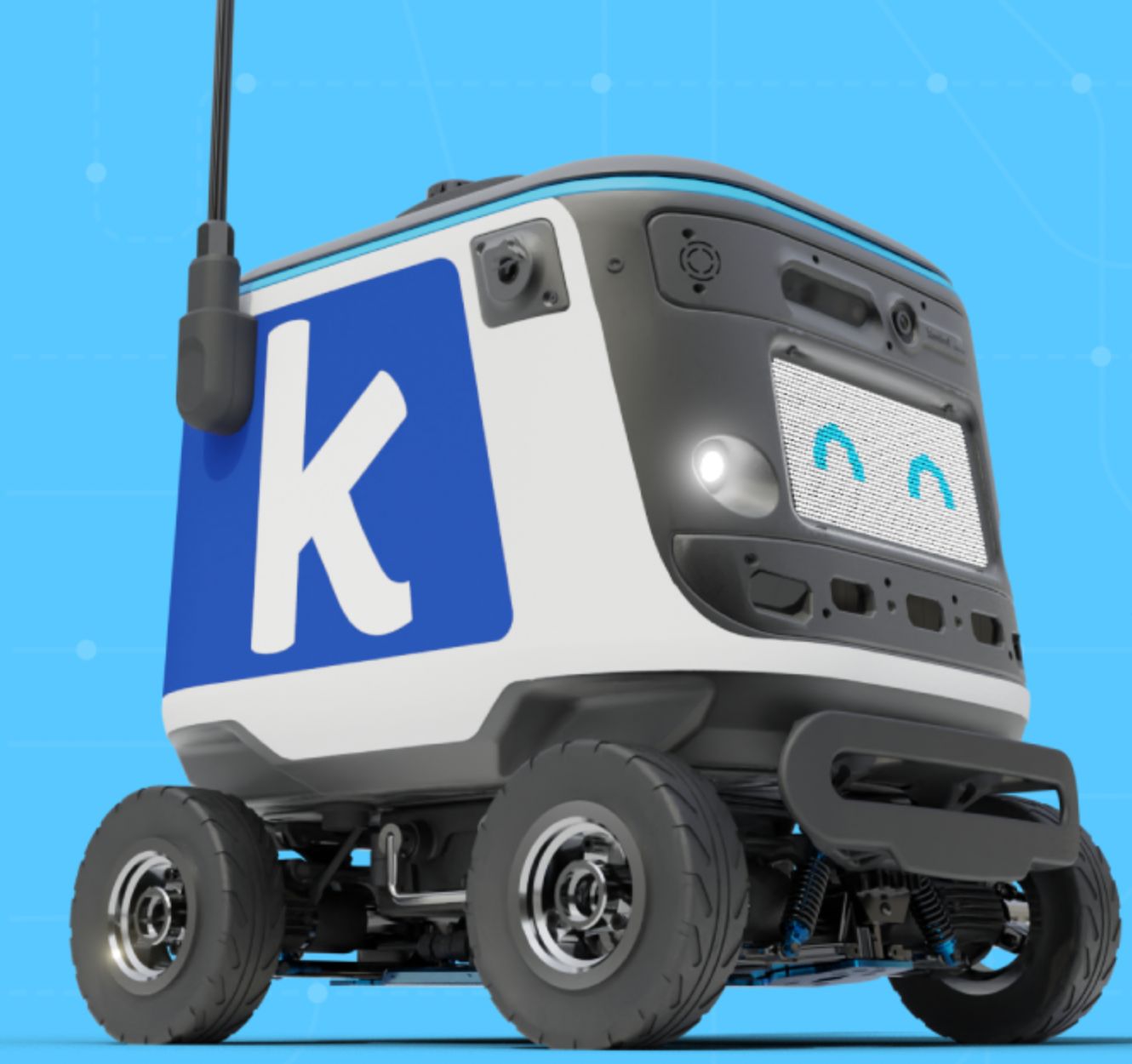5,243 reads
Thinking of Buying Stereo Cameras? Read This Product Comparison.
by
July 15th, 2022
Audio Presented by
About Author
The robotic sidewalk delivery startup
Comments
TOPICS
Related Stories
3D Models at City Scale!
Dec 18, 2021
3D Models at City Scale!
Dec 18, 2021
